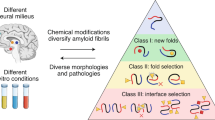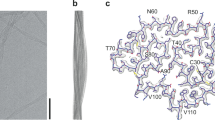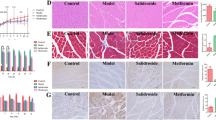Abstract
Summary: α-Amylase activity and protein concentration of cystic fibrosis (CF), obligate heterozygote (H), and normal (N) saliva have been evaluated with respect to genotype, age, sex and clinical status. “Factors” present in CF saliva had no detectable effect on salivary amylase activity under reaction conditions optimized for both competitive and noncompetitive inhibition. Tris [tris-(hydroxymethyl)aminomethane] inhibited amylase activity with a Ki = 59 ± 10 mM, but CF “factors” had no detectable effect on either substrate or Tris binding to α-amylase.
α-Amylase concentration and protein content of CF saliva had bimodal distributions. Thirty-six percent of the CF patients were found to be amylase hypersecretors, with amylase concentration 3 or more SD above the N mean. Amylase hypersecretion was marginally correlated with both genetic factors (with parent values, P = 0.075) and clinical status (with Shwachman scores, P = 0.068). All the hypersecretors were in the 14–24 year age group. Amylase concentration for this age was significantly higher in CF samples (mean ± SD), 82 ± 37 starch units/ml (n = 12), than in N samples, 33 ± 17 starch units/ml (n = 13), as measured by the Student f-test (P < 0.001). Salivary protein content of 14− to 24-year-old CF males was elevated compared to all other groups [1.57 ± 0.76 (n = 5) vs. 0.63 ± 0.47 (n = 20); Student t-test, P < 0.005]. Mean specific activity of male saliva dropped sharply as age increased from 10–15 years, from over 200 to less than 75 starch units/mg protein. Mean normal female specific activity values were essentially constant [97 ± 50 (n = 18) starch units/mg protein] from 5–30 years of age. CF male specific activity values decreased similarly to the N male values from preadolescence to adolescence, but the mean CF female values peaked later, at 17 years, with a maximum of 171 ± 58 (n = 4). This is significantly higher than all the other groups in the 16− to 20-year age range: 63 ± 30 (n = 9), P < 0.005. These data emphasize the need for age-and sex-matched controls in all studies of salivary composition.
Speculation: We were unable to detect any effect of a salivary CF factor on the enzymatic activity of α-amylase. Hypersecretion of salivary α-amylase was observed in 36% of CF patients. This may reflect alterations in secretory function basic to CF, or be secondary to the disease process and result from decreased secretion from the mucous salivary glands or deterioration of pancreatic function.
Similar content being viewed by others
Log in or create a free account to read this content
Gain free access to this article, as well as selected content from this journal and more on nature.com
or
Author information
Authors and Affiliations
Rights and permissions
About this article
Cite this article
Gillard, B., Markman, H. & Feig, S. Differences between Cystic Fibrosis and Normal Saliva α-Amylase as a Function of Age and Sex. Pediatr Res 12, 868–872 (1978). https://doi.org/10.1203/00006450-197808000-00013
Issue date:
DOI: https://doi.org/10.1203/00006450-197808000-00013



